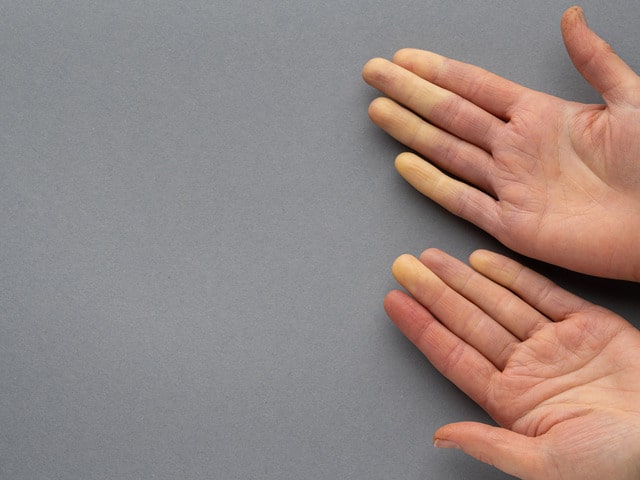Scleroderma is a rare autoimmune disease leading to the immune system mistakenly attacking the body’s tissues. This condition can impact the skin, leading to the development of ulcers or hardened skin tissue. Although scleroderma has no cure, various treatments are available to manage its symptoms effectively. Here’s what you need to know.
What Causes Scleroderma?
The precise origin of scleroderma remains a mystery, although it is believed to be triggered by an exaggerated response from the immune system. This process can harm the cells that line blood vessels, leading to an overproduction of collagen and other proteins by connective tissue cells.
Certain dermatological treatments can relieve the condition’s symptoms and even stop its progression. Early diagnosis and consistent monitoring play significant roles in the overall quality of life you can enjoy when living with this disease.
Symptoms of Scleroderma
Many symptoms can indicate you might have scleroderma. The following are some of the most commonly noted:
- Tight, thick, or hard skin: This is the symptom most often associated with scleroderma. This can appear as just one or two patches of hardened or thickened skin. It can also include widespread patches. This thick skin will feel almost anchored in place.
- Finger sensitivity: One of the first symptoms that often presents with scleroderma is a sensitivity to cold in the fingers or a slight change of color.
- Itchy, dry skin: Another common symptom of scleroderma is dehydrated skin. This dry skin, in turn, itches terribly. Eventually, if left untreated, the itchiness can lead to excessive scratching, which can open up the skin and cause sores to form.
- Less sweating or hair loss in the affected area: The skin affected by scleroderma may experience reduced sweating and hair growth.
- Color changes in the skin: The patches on the skin often become either lighter or darker than the surrounding skin. Some people will even note a violet-like color.
- Stiff joints: Scleroderma can also cause tightness in the joints, such as the wrist, jaw, or finger, where the condition is present. Stiff joints prevent a full range of motion.
Discover Ways to Treat Scleroderma in Dania, FL
Individuals diagnosed with scleroderma may find it helpful to use blood pressure medication or immunosuppressive drugs as part of their treatment plan. Light therapy has been found to be effective in reducing skin thickening for certain patients. Learn more about these treatments at Dania Dermatology in Dania, FL. To schedule an appointment with a member of our care team, contact us today at (954) 807-9433.


